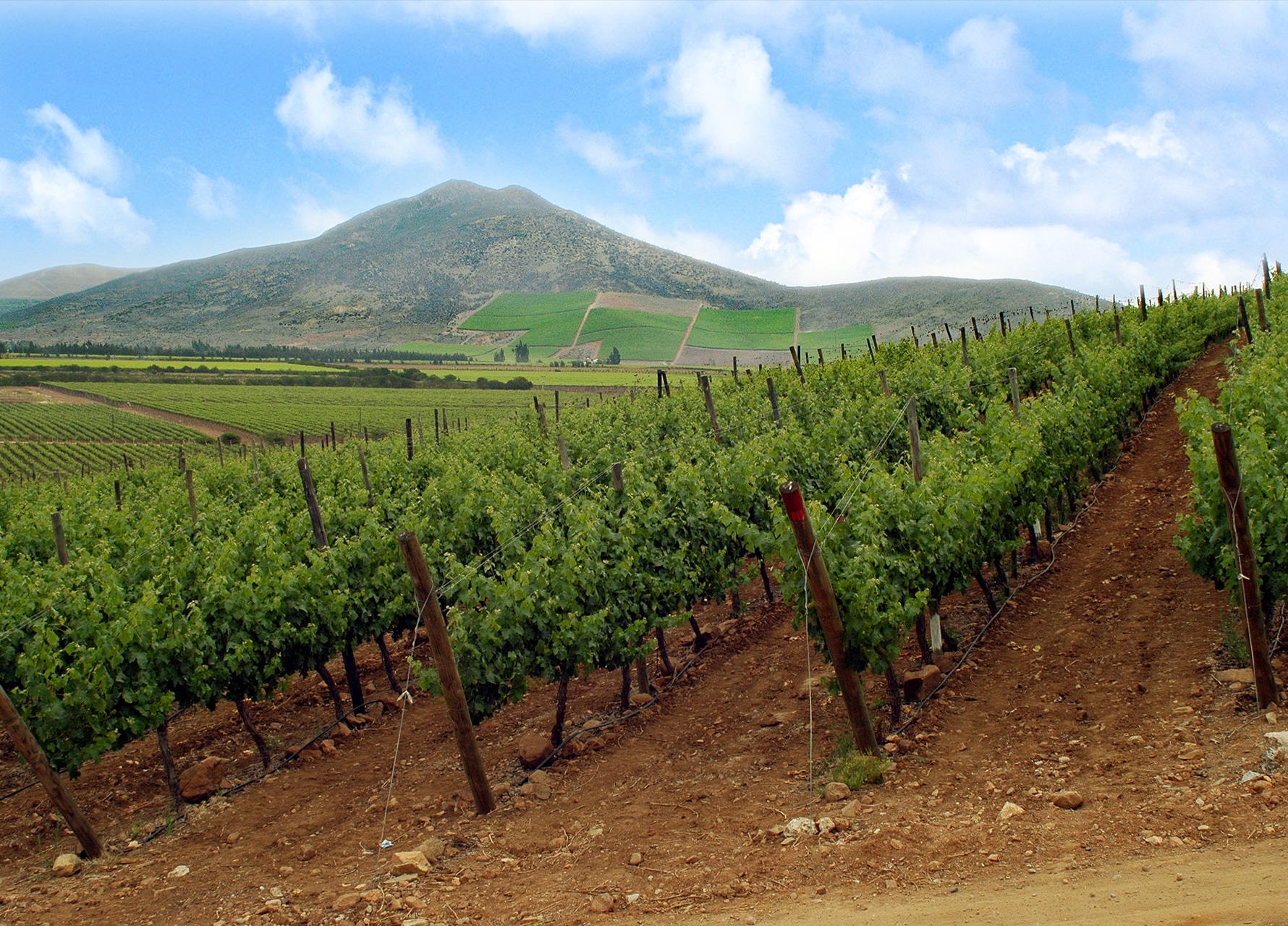
From Big Reds to Crisp White Wines, How Chile Does it All
Occupying a thin band of land on South America’s Western coast, Chile’s unique topography lends itself to wine production. And not just a few grapes; there’s a micro-climate for just about every variety to thrive in. How can Chile do it all, so well? From crisp whites to age-worthy reds, it’s the combination of mountain ranges, ocean, and latitudes that makes Chile a versatile region.
Starting with the ocean, Chile hugs the chilly Pacific. Vineyards planted miles from the coast enjoy a maritime climate, allowing producers like Casillero del Diablo to plant grapes like Sauvignon Blanc, Chardonnay, and Pinot Noir; grapes that would wither in hotter inland regions. The result: bright, fresh wines that compete both in quality and value on the world stage, notably from the valleys of Casablanca, Leyda, and San Antonio. Casillero del Diablo, for example, bottles the coastal influence in its wines from Casablanca, the Sauvignon Blanc and Chardonnay capturing juicy citrus and hallmark crispness known to the region.
Moving inland, the Coastal Mountain ranges rises, protecting a series of valleys that stretch to the next mountain range, the snow-capped Andes. Warmer and sunnier, these valleys give way to the greatest reds of the country. Rich, structured, Bordeaux-style blends that routinely earn critical acclaim come out of Maipo Valley, Rapel’s Colchagua Valley and Cachapoal Valley, and the Aconcagua Valley. Cabernet, too, is world-class. Take the Reserva Privada Cabernet Sauvignon from Casillero del Diablo, a bottle that eloquently expresses its terroir with firm structure, smooth tannins and deep black fruit flavors.
Finally, Chile runs 2,600 miles from top to bottom, giving producers a wide array of latitudes in which to experiment. From the dry Atacama Desert in the north to the cool climate of Patagonia in the south, producers fervently explore new frontiers for winemaking.



